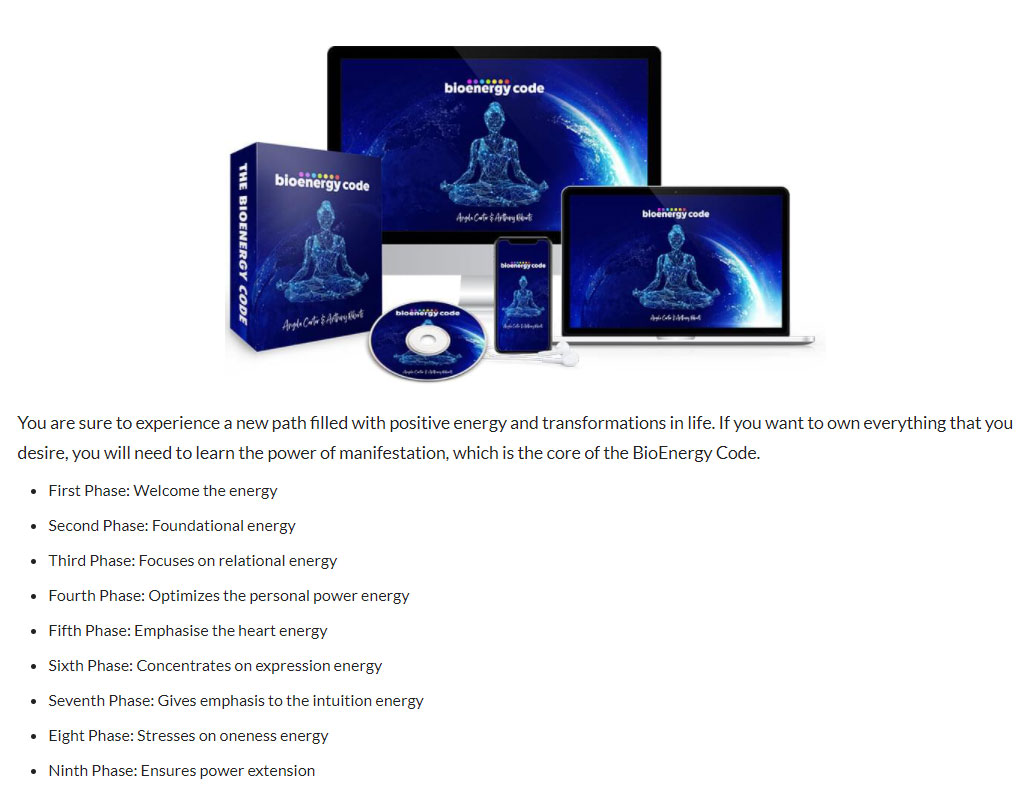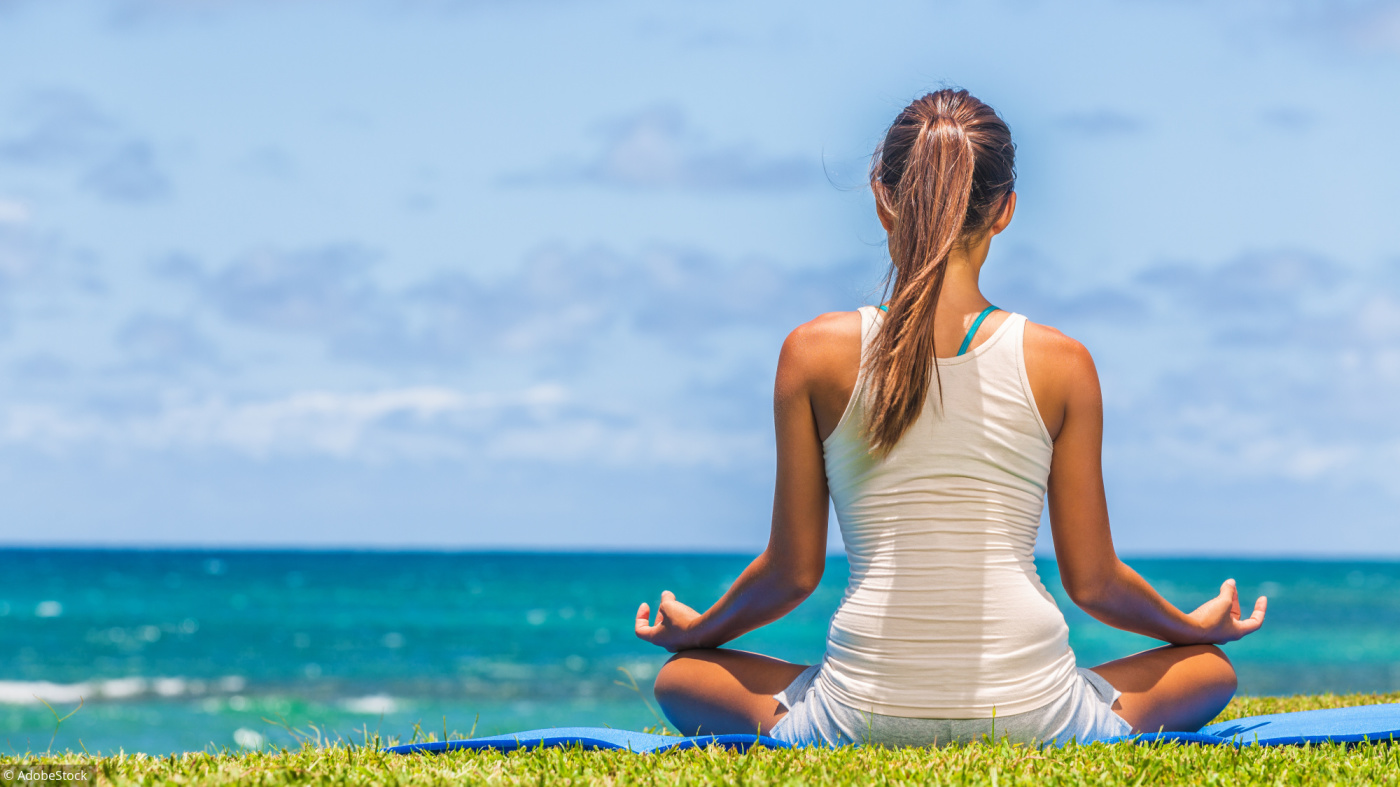Learn to meditate
Meditation, which has been widely known and practiced in the Far East for thousands of years, has become increasingly popular in the West in recent decades.
Indeed, the daily routine tends to grab us, distract us and put us in a mode of routine repetition. We carry out a series of tasks often in a state of permanent stress. Meditation allows us to get out of this infernal circle in order to refocus and be present to what is there, in what we call the here and now.
Thus, if you meditate regularly it can help you control your emotions, improve your concentration, reduce your stress and even establish a better connection with the people around you. Its benefits against stress, depression and anxiety have been proven by numerous scientific studies. Explanations on how to meditate
CHOOSE A QUIET PLACE
It is important to practice meditation in a peaceful environment. This will allow you to focus only on what you are doing without being distracted by outside elements. Look for a place where no one will interrupt you during the session. The space doesn't have to be very large. As long as you are alone and quiet, a dressing room or even a bench outside may be suitable.
The space in which you meditate does not have to be completely silent. There is no need to put earplugs on. The sound of a lawnmower or a barking dog should not prevent you from meditating properly. On the contrary, it is important to be aware of these noises without letting them dominate your thoughts.
You can listen to white noise or a soothing natural sound, such as the sound of flowing water.
For people who have never meditated before, it is especially important to avoid outside distractions. Turn off the television, telephone and other noisy devices.
A simple place, soothing lighting, a cushion, a statue or an inspiring image will help you meditate better.
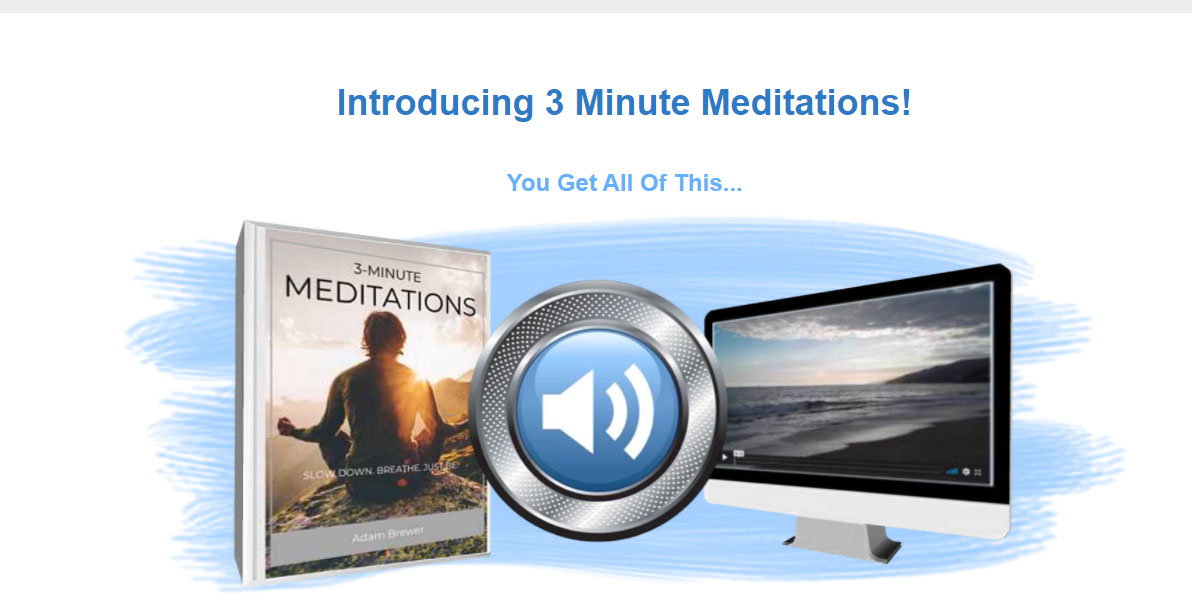
THE POSITION TO MEDITATE
Either you choose to sit on a chair or armchair, with your feet flat on the floor, your arms dangling, your hands relaxed on armrests or on your thighs and your back straight.
On the floor, so that it does not pull on your thighs, place a small cushion under your buttocks. In this way, the spine will remain straight and your arms will position themselves quite naturally in a relaxed manner.
Some people prefer to meditate lying on their back, legs extended, and arms along the body (the Svanasana posture in yoga), but be careful not to fall asleep! Meditation is certainly relaxing, but you only benefit from it if you are aware of it.
Take a natural posture, neither too tense nor too loose, and observe what is going on in your body. And if you like the smell of incense, you can use a stick. Indeed, their burning time is indicated on the packaging, so you can see the length of the session without looking at the time! If you want to meditate for fifteen minutes, cut a 30-minute stick in half.
FOCUS ON YOUR BREATHING
During your session, your breath is your best guide. Take deep breaths with awareness, inflate your belly and exhale while visualizing the path of the air inside you. By focusing on your breathing, you will find it easier to be in your body rather than in your head. If thoughts are coming, nothing could be more normal. Watch them scroll by without paying attention to them.
Breathe in slowly and deeply and observe what happens. Does the belly swell? Or rather the rib cage? Try to breathe in with your belly, all the way to the end, very deeply, through your nose. Inhale as much air as you can and release it in a controlled manner. Exhale through your mouth.
It is not a question of exhaling in jerks and jerks, but rather at the same rhythm as the inspiration, slowly and deeply, by dosing the air that comes out.
Once you have taken the rhythm of a good deep breath, be aware of what it causes: lifting of the belly, the bust and sometimes you can even feel it up to the shoulders!
Inhale and exhale eight times deeply and then try to feel the passage of air through your nose, throat, etc. Repeat this cycle as many times as you can.
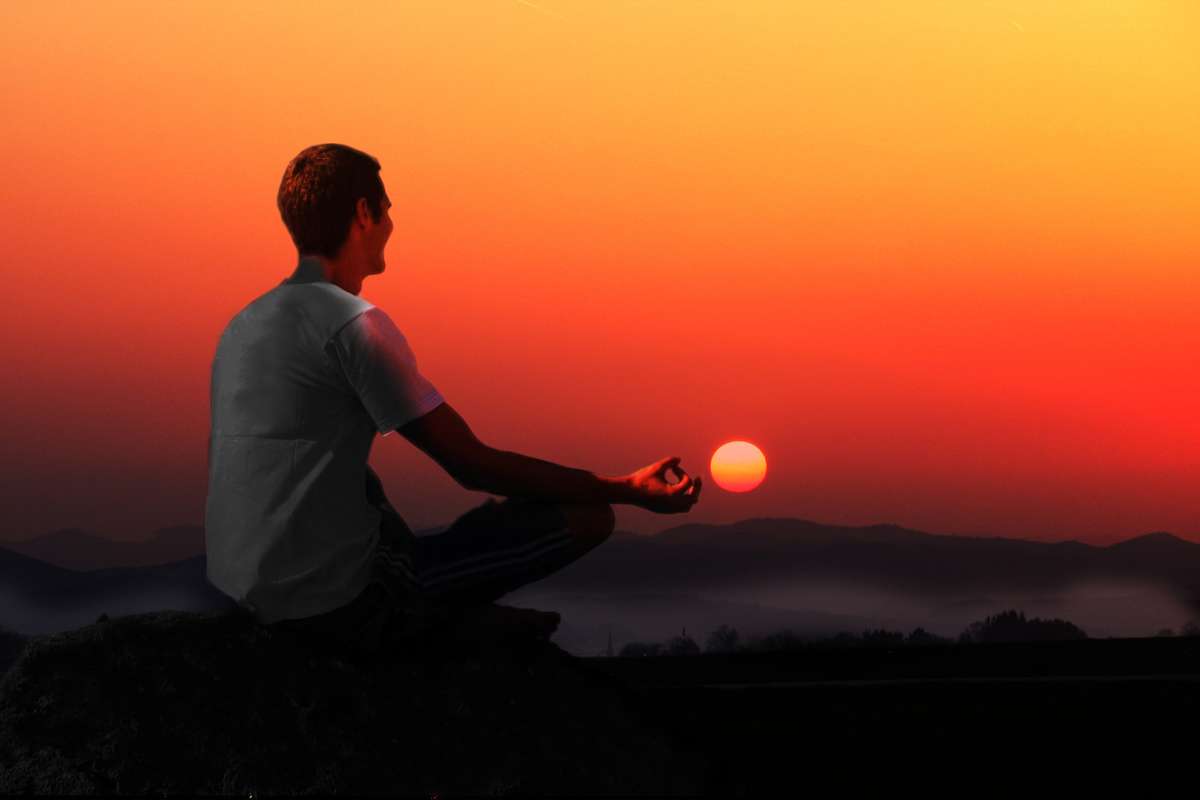
BECOME AWARE OF ONE'S BODY
Once you feel comfortable, comfortable, painless, no tugging, become aware of your body. Scan it mentally and thoroughly.
Start with your toes, feet, and work your way up along your calves, knees, thighs, buttocks, stomach, navel, do you feel it rising as you breathe in? Then continue your way through the back, trapeziums, arms, hands, feel how relaxed it all is. Gradually return to the plexus, become aware of your throat thanks to the air that circulates there, then mentally scan your face, release tensions, especially in the forehead, eyes and jaw.
Of course, don't forget to breathe gently and deeply.
If you prefer a super passive meditation, you can record yourself beforehand listing all these passages and then you will follow your session guided by your own voice.
FOCUS ON YOUR ENVIRONMENT
This is probably the most difficult method to achieve meditation without getting caught up in our thoughts, since often it is our environment that brings us back to our worries, our thoughts.
The best if you opt for this method, is to condition yourself with a smell like incense, a sound, a music without words and with a regular and relaxing rhythm;
In addition, there are nature sounds such as the sounds of falling rain, a light wind, which are also particularly conducive to meditation.
When you concentrate on your environment, you should also be aware of the contact points of your fingers, hands, shoulders, thighs, and make sure you never get cold.
PRACTICE AT ANY TIME
Morning, noon, evening? Meditation can be practiced whenever you feel like it. In the morning, it allows you to start your day in full presence. Some people prefer to give themselves a moment at work, at lunchtime for example. Others prefer to go home in the evening to leave the workday behind and start the second part of the day. Some also meditate before going to bed, to sleep better.
HOW LONG TO MEDITATE?
Meditation practitioners agree that 15 minutes a day is enough.
At the beginning, it is not necessary to plan one or more hours of meditation. It is important to know that 15 minutes of meditation per day is enough to have beneficial effects. Of course, this duration is not mandatory. If you feel well after 10 minutes of meditation, it is up to you to follow the duration that suits you best.
However, it is necessary to set a duration at least for those who are just beginning to meditate.
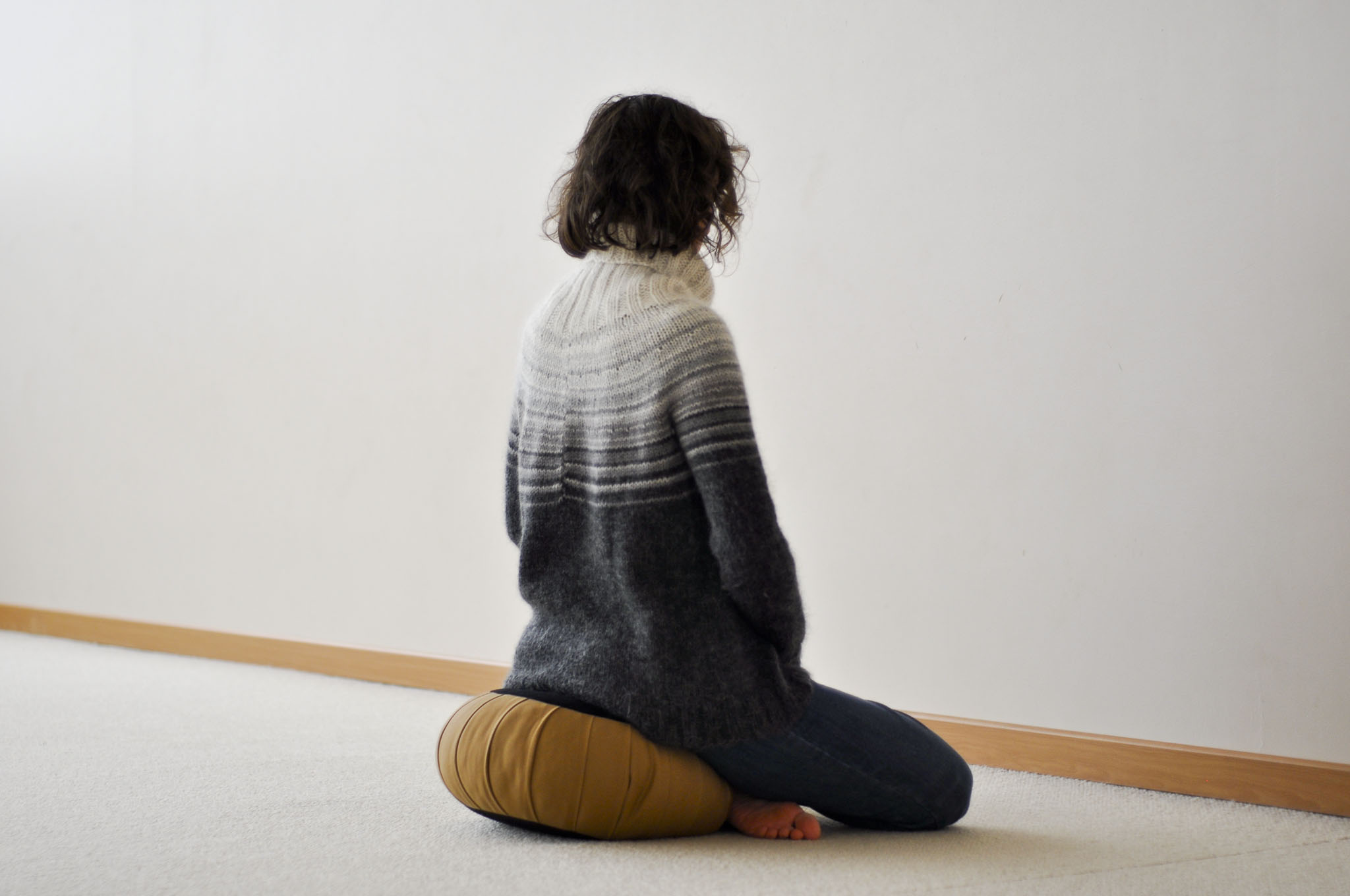
ACCESSORIES TO HELP YOU TO MEDITATE WELL
THE STONES
To reinforce the effects of meditation, it is possible to use stones. Lithotherapy allows you to increase the virtues of your meditation session.
Mala bracelets are traditionally used by Buddhists to help them recite their mantras. Today, this Tibetan bracelet is a trendy jewel that can be worn every day.
For your meditation sessions, you can wear a mala bracelet made of semi-precious stones with soothing and relaxing effects.
You can also practice mantra recitation during your meditation session with the help of a mala bracelet.
A DIFFUSER OF ESSENTIAL OIL FOR THE ATMOSPHERE
The atmosphere is also very important for meditation, so to make the setting a true haven of relaxation you can use an essential oil diffuser.
By diffusing an essential oil with relaxing virtues, you will more easily enter into an advanced state of meditation.
In addition, you can continue to use the essential oil diffuser in your daily life to clean the air or to perfume your home.
A LAMP AS AN ANCHOR POINT
The anchor point is important in meditation, and in the practice of yoga as well, because it means feeling connected, connected to the earth. You can practice anchoring visually or by focusing on an object. You can use a candle for this, but if the flame flickers too much it will not be effective.
We advise you to make the anchorage point on a stationary object. A lamp is perfectly adapted to help you to anchor yourself during your meditation sessions.
